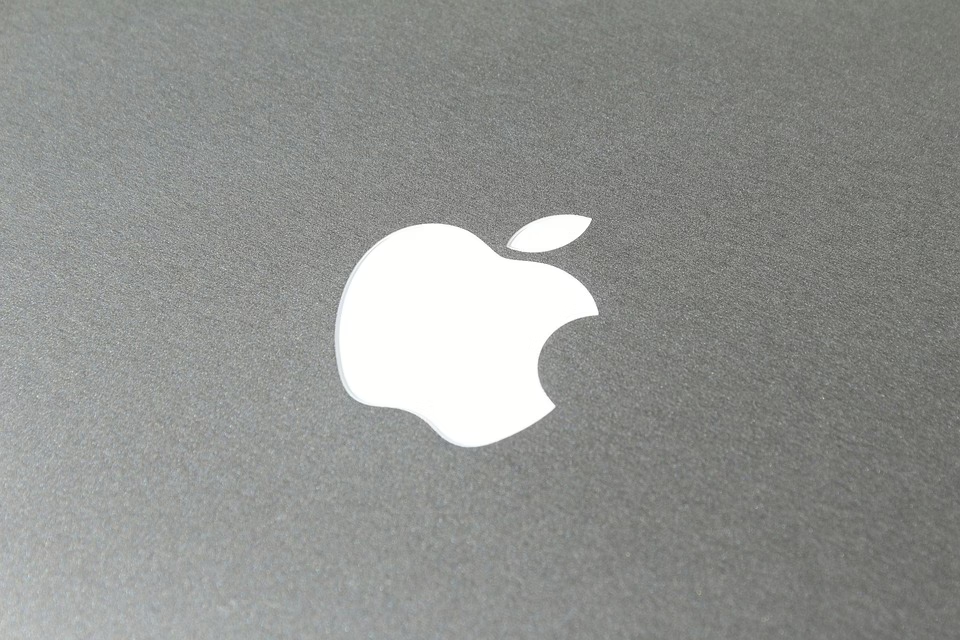Logo Psychology: Crafting an Identity that Resonates with Mental Health
In today’s visually-driven world, logos are more than mere symbols; they are powerful representations of a brand that can invoke emotions, provoke thoughts, and create connections. Particularly in the realm of mental health, where sensitivity and empathy are paramount, the psychology of logo design plays a critical role. This article seeks to explore the intersection of logo psychology and mental health branding, examining how thoughtful design can create an identity that resonates with both clients and professionals alike.
The Importance of Branding in Mental Health
Branding in the mental health sector is crucial for several reasons. First and foremost, mental health services often face stigma and misunderstanding. A well-crafted logo can help demystify these services, making them more approachable. Additionally, a strong visual identity can instill trust and credibility among clients, essential factors for encouraging individuals to seek help.
Emotional Resonance
When crafting a logo for a mental health organization, the emotional resonance of the design becomes paramount. Studies indicate that colors, shapes, and typography communicate different feelings and associations. For instance:
-
Colors: Blue often conveys calmness and trust, while green can symbolize healing and tranquility. Conversely, red might evoke feelings of urgency or anxiety.
-
Shapes: Rounded shapes tend to be perceived as more friendly and approachable compared to sharp angles, which can be associated with aggression or tension.
-
Typography: Soft, rounded typefaces have a more approachable feel, while sharp, rigid fonts may be perceived as more serious or severe.
Understanding these associations allows designers to craft logos that do more than just represent a brand; they evoke feelings that align with the organization’s mission.
The Elements of Logo Design
Color Theory
Color theory explains how colors influence perceptions and behaviors. In mental health branding, warm and inviting colors may reduce anxiety, while cooler tones can provide a sense of peace. AJR International produced a study outlining that color choices in branding can affect consumer trust levels and emotional responses.
Blue
Blue is commonly used in mental health logos due to its association with calmness and reliability. It reduces stress and creates a sense of safety, making it particularly effective for organizations aiming to foster a welcoming environment.
Green
Green is often linked with nature, healing, and balance—important factors in mental health. It is soothing to the eyes and can communicate growth, making it an ideal choice for organizations focused on recovery and improvement.
Purple
Purple symbolizes creativity and depth, making it a popular choice for organizations dealing with emotional and cognitive challenges. It can represent the journey toward mental well-being, appealing to those looking for both help and inspiration.
Shape and Structure
The shapes used in design can evoke different responses. Round logos, such as circles and ovals, symbolize community and unity. This is particularly valuable for mental health services, which often emphasize support systems. In contrast, angular and jagged shapes can elicit feelings of tension or disturbance.
Circular Logos
Circular logos convey a sense of completeness and unity. They can represent the cyclical nature of mental health recovery, emphasizing that healing is a journey with ups and downs. Just as a circle has no beginning or end, so too does the path to mental well-being.
Triangular Logos
Triangular shapes can symbolize stability and strength; however, they can also suggest conflict or imbalance when not paired with other elements. Careful consideration must be made when using this shape in a mental health context.
Typography
Just as colors and shapes have their meanings, typography carries its own emotional weight. The choice of font can either invite or deter individuals from engaging with a brand. For mental health providers, it is essential to select fonts that convey empathy and understanding.
Sans Serif Fonts
Sans serif fonts are often perceived as more modern and approachable. Their clean lines provide a level of comfort and clarity that is beneficial for mental health organizations. Many successful therapy and counseling platforms utilize this style in their logos.
Script Fonts
While script fonts can convey warmth and personalization, they can often be difficult to read and may not translate well across all mediums. Therefore, while they may have a place in more niche applications, they should be used sparingly in the primary logo design.
Case Studies of Effective Mental Health Logos
The National Alliance on Mental Illness (NAMI)
NAMI’s logo features a simple design that utilizes a calming blue color palette and rounded typography. The visual identity effectively communicates a sense of support and community, essential for an organization that aims to reduce stigma around mental illness. The integration of a heart shape within the logo further enhances the emotional resonance.
BetterHelp
BetterHelp’s logo taps into the use of blue and green hues. The logo’s rounded shape and friendly typography encourage that these services are welcoming and accessible. Their branding embodies a commitment to offering online support tailored to individual needs, making mental health resources more available in today’s digital age.
Headspace
The mindfulness app Headspace utilizes soft, rounded shapes, and a soothing color palette. Its branding effectively encourages users to approach meditation and mental wellness in a friendly, engaging way. The smiley face logo symbolizes positivity, cultivating a culture of well-being while promoting the idea of self-care.
The Role of Cultural Sensitivity
Cultural variations significantly affect emotional responses to logos. Mental health practitioners must consider various cultural perspectives when designing logos, ensuring that symbols, colors, and imagery are respectful and appropriate for their target audience.
Cross-Cultural Considerations
-
Color Interpretations: While blue may be a calming color in Western cultures, it can have different connotations elsewhere. For example, in some cultures, blue represents sadness.
-
Symbolism: Certain symbols may hold different meanings in various cultures. It is important to research and understand local associations to avoid misrepresentation.
-
Typography Styles: Different cultures may have preferences for script types or characters. Knowing this can guide designers in creating logos that resonate universally, yet respectfully.
Integrating Feedback in Logo Design
To create a logo that resonates with its intended audience, incorporating feedback throughout the design process is crucial. Engaging stakeholders, including mental health professionals and potential clients, can provide insights into how well the logo communicates its intended message.
Focus Groups
Organizing focus groups that represent the target audience allows for gathering diverse opinions. Discussing emotional responses to different designs can offer significant insights and lead to revisions that enhance the overall effectiveness of the logo.
Iterative Design Process
The iterative design process involves cycling through stages of conception, feedback, and revision. Rather than settling for the first design, allowing for multiple iterations will help ensure that the final logo effectively encapsulates the essence of the mental health organization.
The Impact of Logos in Digital Spaces
As mental health services increasingly transition to digital platforms, the significance of logo design extends beyond physical spaces. Logos must be versatile across various platforms, including websites, social media, and mobile applications.
Mobile App Icons
In a fast-paced world, mobile applications serve as quick access points for mental health resources. Logos must be simplified and recognizable to stand out in crowded app stores. Ensuring that logos retain their integrity when scaled is an essential consideration for digital branding.
Social Media Presence
Logos also play a critical role in social media branding. Finding ways to incorporate branding cues into posts can help foster a sense of community around the mental health narrative. Consistency across different social media platforms can enhance brand recognition and emotional connections.
Conclusion: Building a Resilient Identity
The process of crafting a logo that resonates with mental health requires thoughtful consideration and a deep understanding of logo psychology. By leveraging color theory, shape, and typography, mental health organizations can create identities that instill trust, warmth, and hope.
Above all, reducing stigma surrounding mental health is a fundamental goal in this landscape. With every logo designed, there lies an opportunity to invite individuals into a supportive space where their experiences are validated and understood.
Ultimately, the power of a thoughtfully crafted logo extends beyond branding; it can serve as a beacon of hope, encouraging individuals to seek help in their journey toward mental well-being. Investing in logo psychology is not merely an aesthetic choice—it’s a commitment to fostering a compassionate identity that resonates with those who need it most.
Sources
- AJR International. (2021). Color Psychology in Branding. Retrieved from AJR International
- Color Theory. (2018). Understanding Color Psychology in Logo Design. Retrieved from Color Theory
- National Alliance on Mental Illness. (2020). NAMI Branding Guidelines. Retrieved from NAMI
- Mental Health America. (2019). The Importance of a Welcoming Logo for Mental Health Services. Retrieved from Mental Health America
- BetterHelp. (2022). Creating Comforting Digital Spaces: The Role of Logos. Retrieved from BetterHelp
- Headspace. (2023). How to Design the Perfect Logo for Mental Wellness Apps. Retrieved from Headspace
This exploration provides a framework for understanding how logo psychology can impact mental health organizations, promoting connection and trust in a field where these elements are critically necessary.


























Add Comment